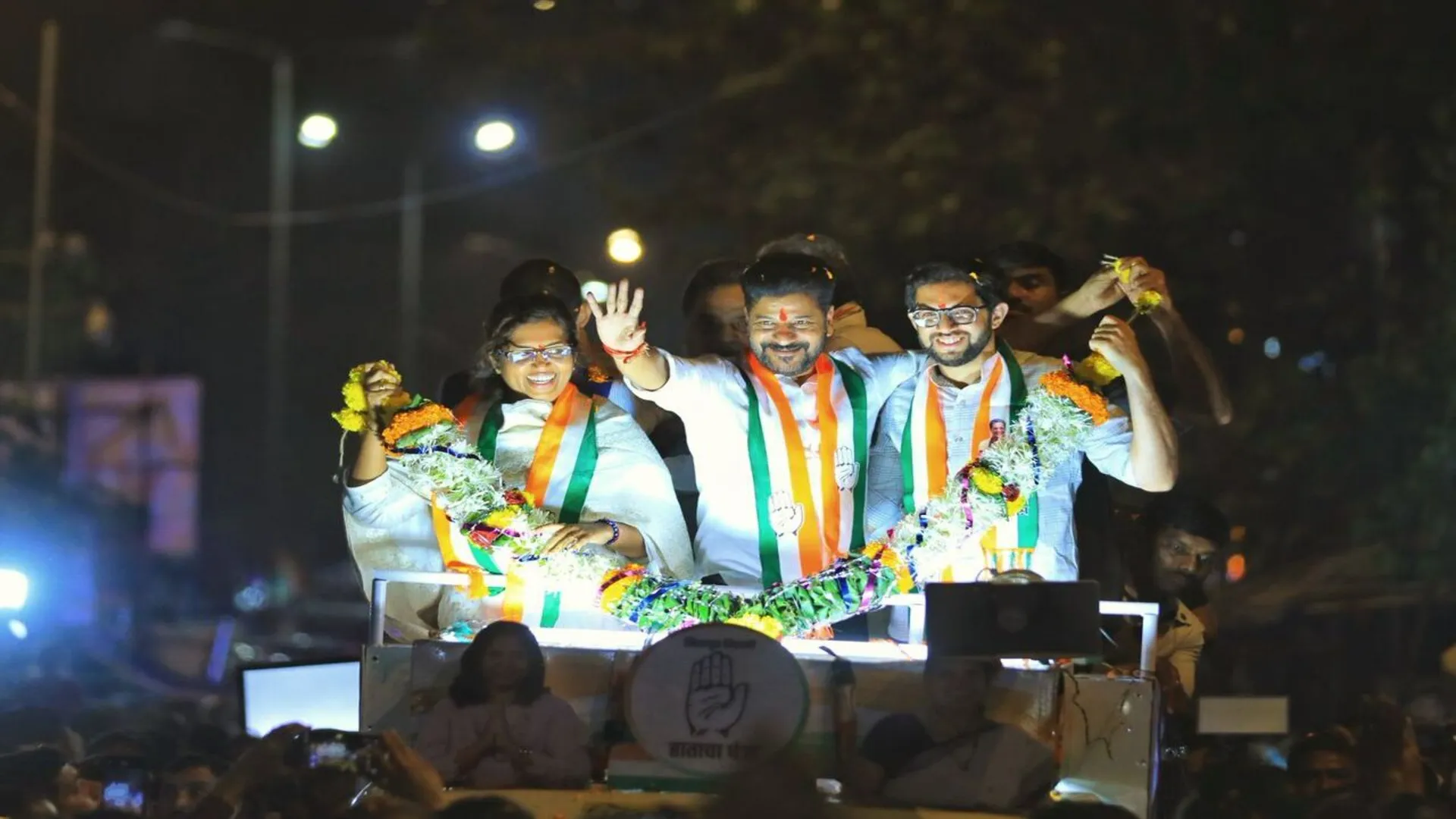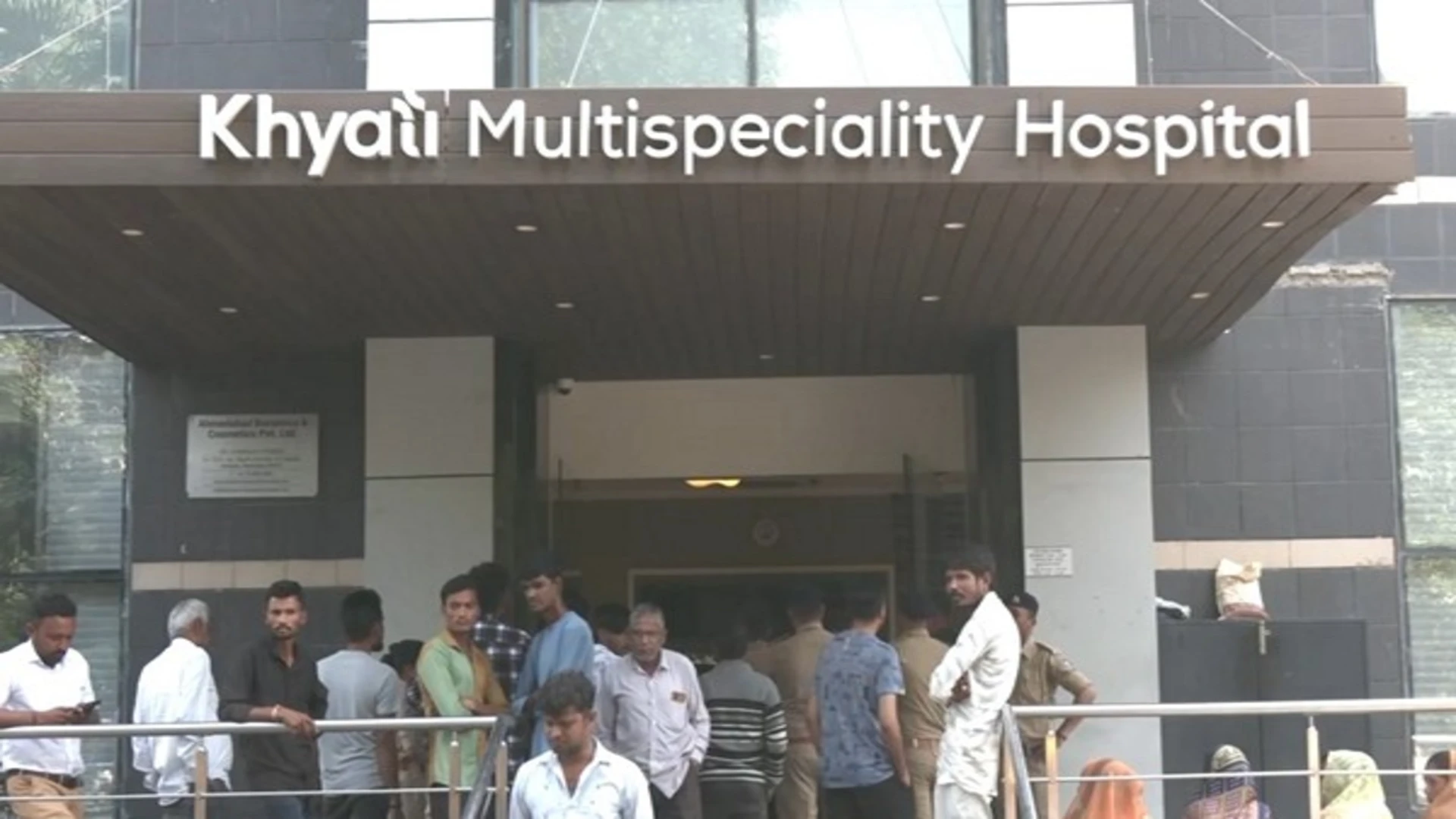The constitutional bodies which play an important role in the smooth running of Indian polity are—besides the government—the Election Commission, the Supreme Court and the Union Public Service Commission or UPSC. The UPSC mainly conducts various examinations for the Indian civil services, the ‘steel frame of India’, and has been doing its job as the guardian of merit efficiently as well as impartially. It is worth noting that, barring a few exceptions, UPSC, unlike other constitutional bodies, has been free from controversies and has earned a good reputation. However, for the past few years, questions are being raised on UPSC’s Civil Services Exam (CSE) by Hindi-medium candidates. Even in the recently concluded CSE preliminary exam, the Hindi version of the question papers were marred by controversy. As it is something which affects around 40% of the total candidates appearing for the preliminary exam (PE), it would be significant to understand the issue and its probable solution.
It is well known that appointment to the various premier posts of the Indian Civil Services, like the IAS, IPS, central Group ‘A’ services along with Group ‘B’ services, is done by the UPSC through CSE. But for the last few years, clearing these examinations has become insurmountable for Hindi-medium candidates. It is understood that the CSE question papers are prepared in English, and then translated into Hindi and other Indian languages. However, in the recent CSE PE, it has been alleged that, in more than 40 questions, the questions translated to Hindi were either misleading, incomprehensible or simply just wrong. The practice of translating English question papers to Hindi was followed in the past too, but now either the process is more dependent on technology or the proficiency of the translators is not up to the mark.
Technology can be used for translation in a variety of ways. One is machine or computerized translation, colloquially called ‘Google translation’, where the English text is typed on a computer and is translated to Hindi. But, in this sort of translation, the words and sentences are not able to convey the correct meaning many times and the usual errors of the translation procedure creep in. The reason behind this is the difference between the syntax of English and Hindi. For example, in English, the order of words in a sentence is usually ‘subject+verb+object’ (e.g. Ram goes home), while, in Hindi, syntactically, the order goes ‘subject+object+verb’ (e.g. Ram ghar jaata hai). With simple and short sentences, the machine mostly translates correctly, but for complex and long English sentences, the Hindi meaning is often compromised. Consequently, Hindi-medium candidates have to pay for this.
Another limitation of machine translation is that the meanings of the translated words may be ambiguous and misleading. The principal reason for such ambiguity is that word meanings often derive from their cultural contexts. For example, I have often seen the English expression “Big Brother” translated in Hindi to “bada bhai”. Now, ‘Big Brother’ is borrowed from George Orwell’s 1984 and has a negative connotation in the English lexicon, where it signifies a person or organisation exercising total, dictatorial control over others, intimidating and bullying others or controlling others’ thoughts and behaviour and limiting their freedom. On the contrary, the Hindi term of “bada bhai” is used in a positive sense, since in the Indian context, the elder brother is often a guardian or a mentor. The famous Hindi story, “Bade Bhai Sahab” by Munshi Premchand is an illustration of this sentiment. Another example can be seen in the English term “hot potato”, which means a controversial issue or uncomfortable situation. However, it’s Google translation to Hindi is simply “garam aaloo”, which is not even remotely close to the original meaning! Although the UPSC has tried to overcome machine translation errors, such misleading translations are still found now and then, giving Hindi-medium candidates a hard time.
Using technology in translation has one more disturbing dimension. It seems that translators, hired by the UPSC or other agencies conducting competitive exams, take recourse to various popular online dictionaries like shabdkosh.com, instead of standard dictionaries such as the “e-Mahashabdkosh”, an online dictionary website hosted and maintained by the Department of Official Language, Ministry of Home Affairs. An example can be drawn from a question asked in the CSE PE this year, where the English word “delivery” was translated to “paridaan” in Hindi. As per e-Mahashabdkosh, given the context in which the word “delivery” was used, the translated word should have been “vitaran” or “supurdagi”. It must be mentioned that the word “paridaan” is not only not in frequent use in Hindi, but is also a bit misleading in its meaning.
One can argue that, if the Hindi translations are confusing or misleading, the examinees should look at the original English text. But it must be understood that time is short during the PE and it is not possible for a candidate to repeatedly match the Hindi and English texts. Moreover, the problem is not limited to unintelligible, confusing and misleading translations. Many times, the intended meaning of the original text is completely lost and a false meaning appears. A classic example of the same was seen when the famed “Civil Disobedience Movement” launched by Mahatma Gandhi was translated in the PE-2020 as “Asahyog Andolan” (Non-Cooperation Movement) instead of “Savinay Awagya Andolan”.
Such unintelligible, confusing, misleading and incorrect translations not only lead to wrong answers but also consume a lot of the candidates’ precious time, entangling them in the labyrinth of mistranslated words. This creates further stress on them in an already trying examination and, as a consequence, for no fault of theirs, the Hindi-medium candidates lag behind in the exam results.
In an examination where every single mark counts, inappropriate translations deprive Hindi-medium examinees of the Equality of Opportunity, a fundamental right given by the Constitution of India. Such translations are a reason for the recent decline in the number of successful Hindi-medium candidates. It also must be noted that most of these candidates come from weaker sections of society and generally belong to the SC, ST, OBC and EWS categories. Thus, this is a grave injustice done to these examinees. I, on behalf of some such candidates, wrote a letter to the chairman of UPSC, and the fact that this letter went viral on social media and was covered by several newspapers describes the relevance of the issue.
The UPSC must understand that for good translation it is necessary that machine translation is minimised and translators have a sound command over both the source language and the target language as well as a reasonable understanding of the subject matter. Thus, the assistance of qualified scholars should be enlisted for this purpose, as one of the committees of the UPSC itself has recommended. The UPSC also needs to understand that familiar and comprehensible words should be used in question papers so that candidates do not have to grapple with the language unnecessarily.
One hopes that the UPSC, an organisation with the highest integrity and exemplary professionalism, will rectify the issues related to translation, sooner than later, as it is also contrary to the spirit of the Constitution.
The writer is a professor in the Department of Hindi, University of Delhi, and has taught in various universities in the United States. The views expressed are personal.
The UPSC must understand that for good translation it is necessary that machine translation is minimised and translators have a sound command over both the source language and the target language as well as a reasonable understanding of the subject matter. Thus, the assistance of qualified scholars should be enlisted for this purpose, as one of the committees of the UPSC itself has recommended.















